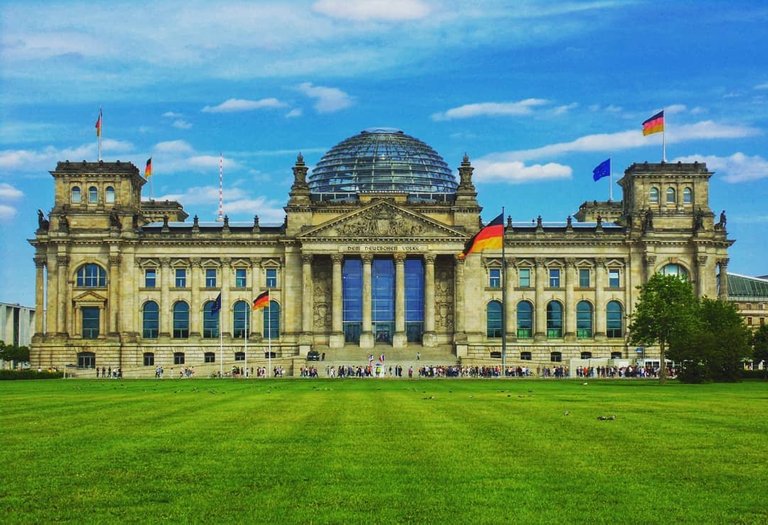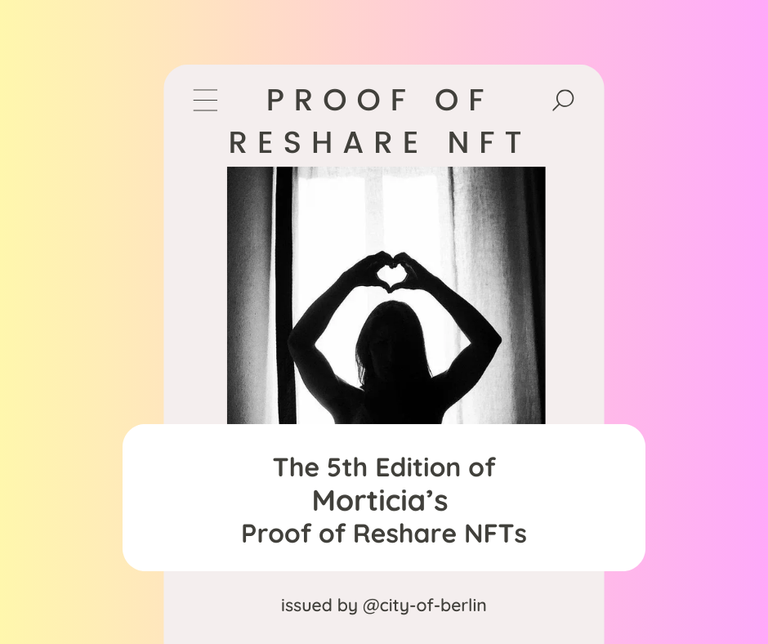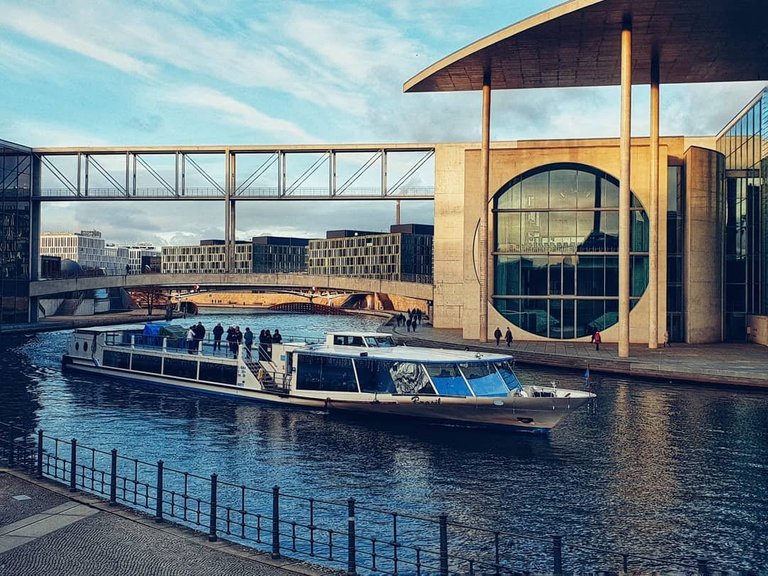After Part I presented the Victory Column as a whole with its history and significance, I would now like to turn my attention to the details. I will work my way up from the bottom, starting with the base.
The base of the Berlin Victory Column tells a martial chronicle of German history in four bronze reliefs. Each of these artistic masterpieces depicts scenes from the decisive battles of the so-called wars of unification in the 19th century. These wars ultimately laid the foundations for the Germany of today.
The Battle of Düppel (German-Danish War):

The first relief, created by Alexander Calandrelli, takes us on the campaign against Denmark and the dramatic storming of the Düppel redoubts. Prussia emerged victorious from this bloody conflict, laying the foundations for German unification efforts.
The Battle of Königgrätz (German-German War):

Moritz Schulz immortalizes the decisive moments of the Battle of Königgrätz in the German-German War on the second relief. This battle between Prussia and Austria paved the way for the formation of the North German Confederation and strengthened Prussia's position in the German power structure.
The Battle of Sedan (Franco-Prussian War):

On the third relief, designed by Karl Keil, we see the Battle of Sedan. This dramatic conflict marked the climax of the Franco-Prussian War of 1870-1871 and led to the foundation of the German Empire. The victory of Sedan was a decisive moment in German history.
The entry of the troops into Berlin:

The fourth relief, created by Albert Wolf, documents the triumphant entry of the allied troops into Berlin. Originally inscribed with the dedication "The grateful German fatherland to the victorious army", this relief commemorates the sacrifices and achievements of the soldiers in the wars of unification.
It is important to emphasize that although these battles led to the founding of modern Germany, they were also accompanied by great suffering and loss. Over 180,000 soldiers on both sides lost their lives in these wars, making them one of the bloodiest episodes in European history.
The reliefs on the base of the Victory Column are therefore not only artistic depictions of military successes, but also testimonies to a time of upheaval and hardship. They remind us to look at history in all its complexity and to draw lessons from past conflicts.
A full dose of history for today's Sunday.
Ciao Kakao,
Your Morticia
Die Siegessäule Teil II: Die Sockelrelievs
Nachdem Teil I die Sieggessäule im Ganzen mit ihrer Geschichte und Bedeutung vorgestellt habe, möchte ich mich nun den Details widmen. Ich arbeite mich von unten nach oben und starte mit dem Sockel.
Der Sockel der Berliner Siegessäule erzählt eine kriegerische Chronik der deutschen Geschichte in vier bronzener Reliefs. Jedes dieser kunstvollen Meisterwerke zeigt Szenen aud den entscheidenden Schlachten der sogenannten Einigungskriege des 19. Jahrhunderts. Diese Kriege legten letztendlich die die Grundlagen für das heutige Deutschland.
Die Schlacht von Düppel (Deutsch-Dänischer Krieg):

Das erste Relief, geschaffen von Alexander Calandrelli, nimmt uns mit auf den Feldzug gegen Dänemark und den dramatischen Sturm auf die Düppeler Schanzen. Aus dieser blutigen Auseinandersetzung ging Preußen als Sieger hervor und legte so den Grundstein für die deutschen Einigungsbemühungen.
Die Schlacht von Königgrätz (Deutsch-Deutscher Krieg):

Moritz Schulz verewigt auf dem zweiten Relief die entscheidenden Momente der Schlacht von Königgrätz im Deutsch-Deutschen Krieg. Diese Schlacht zwischen Preußen und Österreich ebnete den Weg für die Bildung des Norddeutschen Bundes und stärkte Preußens Position im deutschen Machtgefüge.
Die Schlacht von Sedan (Deutsch-Französischer Krieg):

Auf dem dritten Relief, gestaltet von Karl Keil, sehen wir die Schlacht von Sedan. Dieser dramatische Konflikt markiert den Höhepunkt des Deutsch-Französischen Krieges von 1870–1871 und führte zur Gründung des Deutschen Kaiserreichs. Der Sieg von Sedan war ein entscheidender Moment in der deutschen Geschichte.
Der Einzug der Truppen in Berlin:

Das vierte Relief, geschaffen von Albert Wolf, dokumentiert den triumphalen Einzug der verbündeten Truppen in Berlin. Ursprünglich mit der Widmung "Das dankbare deutsche Vaterland dem siegreichen Heere" versehen, erinnert dieses Relief an die Opfer und Errungenschaften der Soldaten in den Einigungskriegen.
Es ist wichtig zu betonen, dass diese Schlachten, obwohl sie zur Gründung des modernen Deutschlands führten, auch von großem Leid und Verlust begleitet waren. Über 180.000 Soldaten auf beiden Seiten verloren in diesen Kriegen ihr Leben, was sie zu einer der blutigsten Episoden in der europäischen Geschichte macht.
Die Reliefs am Sockel der Siegessäule sind somit nicht nur kunstvolle Darstellungen militärischer Erfolge, sondern auch Zeugnisse einer Zeit des Umbruchs und der Entbehrungen. Sie mahnen uns, die Geschichte in ihrer ganzen Vielschichtigkeit zu betrachten und die Lehren aus vergangenen Konflikten zu ziehen.
Eine volle Dosis Geschichte zum heutigen Sonntag.
Ciao Kakao,
Eure Morticia
 |  |  |
| Don't forget to reshare! | For every reshare/rehive you will get one of my Proof-of-Reshare NFTs. Current Edition: Morticia #4 only 30 pices | Don't forget to reshare! |
Congratulations, your post has been added to Pinmapple! 🎉🥳🍍
Did you know you have your own profile map?
And every post has their own map too!
Want to have your post on the map too?
Art is not only a means of expression, but of teaching, I am of course with what you say, a reminder that history helps us to keep in mind the sacrifices and hardships that had to happen for us to be at this point now.
Always try to look at them not only with pride, but with the present pain of those who suffered through it. Beauty and sadness, admirable.
Absolutely, your perspective resonates deeply. Art allows us to peer into history, not just with pride, but with a compassionate acknowledgment of the struggles and sacrifices that paved the way for our present. It is in recognizing the pain and resilience of those who came before us that we truly honor their legacy. Art, in this sense, becomes a timeless teacher, imparting lessons that transcend generations.
Ah, da ist er, der separate Bericht. Danke
und es geht noch weiter… die Mosaike und dann (für den krönenden Abschluss) unsere Goldelse 😊
Congratulations @city-of-berlin! Your post made the TravelFeed team happy so we have sent you our big smile. Keep up the good job. 😃
Thanks for using TravelFeed!
@for91days (TravelFeed team)
PS: You can now read your favourite travel blogs on your phone. Plus, blogging on-the-go just got easier! Download our app on the Apple App Store or get it on Google Play.